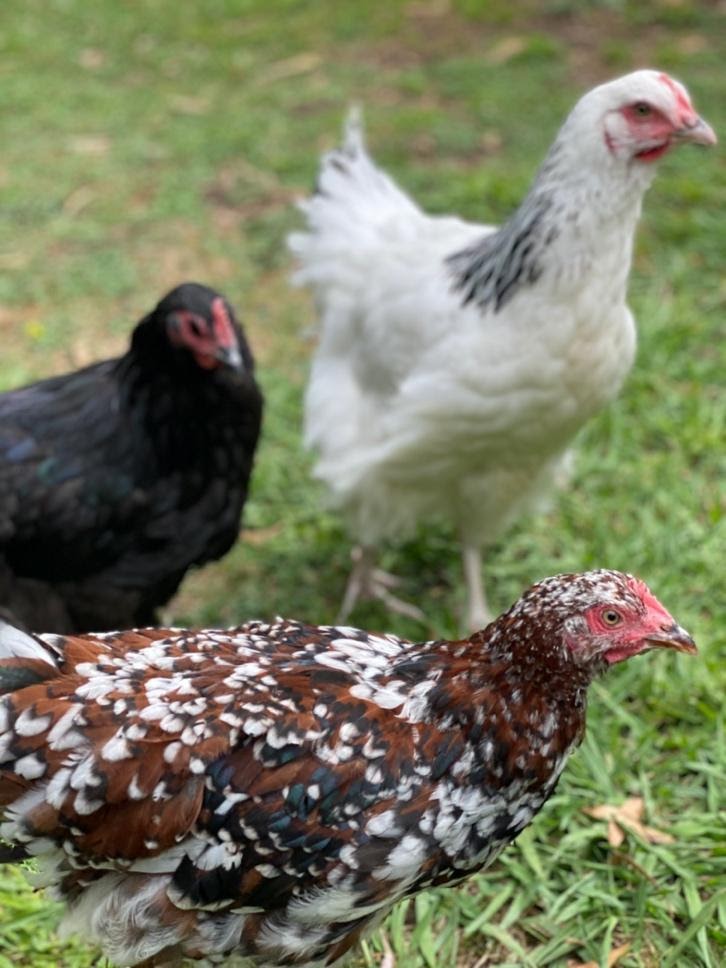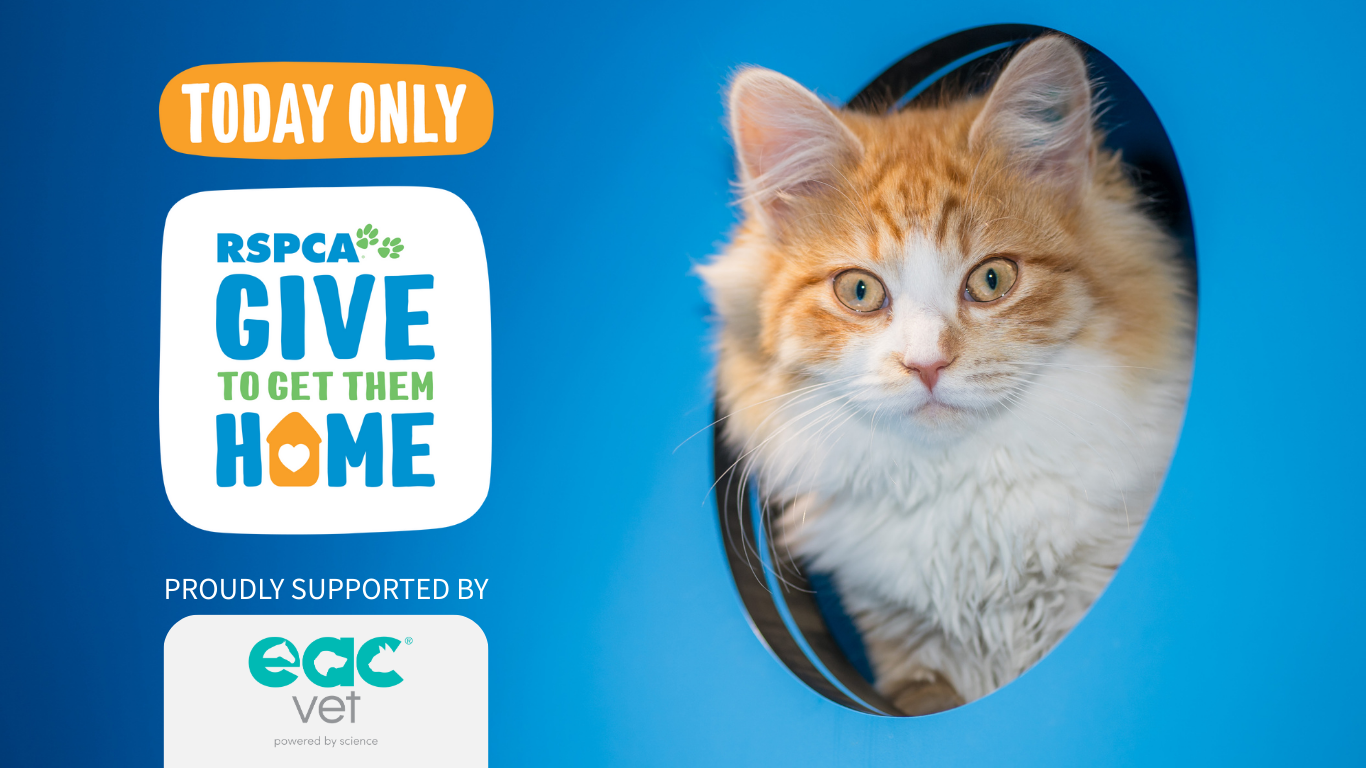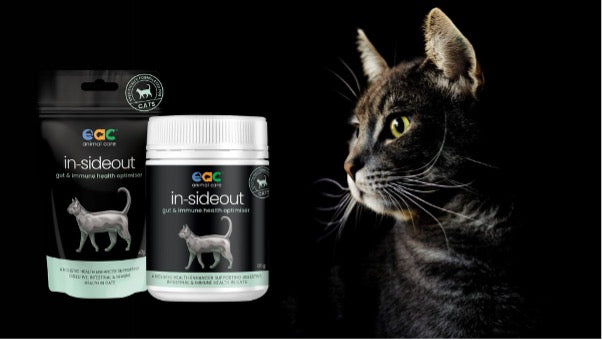By Dr Kate Mornement Ph.D, BSc(Hons)
Backyard chickens have grown in popularity in recent years, especially in the wake of the pandemic and it’s easy to see why. Fresh eggs from happy chickens, reducing household food waste, providing fertiliser, pest and weed control in the garden are a few of the benefits backyard chickens can provide.
They are also great company and just plain fun to have around for children and adults alike!
Choosing Your ChickensBackyard chickens come in two main types: Heritage breeds and Commercial breeds or hybrids. There are procs and cons to each type. Heritage breeds come in a wider variety of shapes, sizes, colours and patterns compared to commercial types which typically come in white, black and red varieties.
Heritage breeds tend to live and lay eggs a litter longer than commercial breeds but they produce fewer eggs. Commercial breeds and hybrids can lay an egg every day! One of the downsides to commercial breeds is that they stop laying eggs sooner and usually don’t live as long.

When deciding how many chickens to get there are some things to be aware of. Check the local laws for your council regarding the number of chickens permitted in your area, the next main consideration is how much space you have – both inside the coop and chicken run or your garden. You want to ensure your chickens have plenty of space both inside and outside their coop.
Chickens are social flock animals and don’t do well on their own. Purchasing at least three chickens will ensure that, if one dies unexpectedly, the others still have company. If a constant supply of eggs is important to you then a rotating flock is a great idea,
This means you don’t purchase all the chickens at once, because they’ll all stop laying at about the same time and you may need to wait until a couple “fall off the perch” before you can replace them. Instead, if you purchase, say, three chickens initially and then another two a few years later you’ll still have a couple of chooks laying when the first ones reach the end of their laying cycle.
When the older chooks die, you can then replace them with point of lay hens and keep a consistent supply of eggs. If egg supply isn’t really a concern, then go crazy and get as many chickens as you want (and are allowed!).

In terms of age, you can purchase chickens varying from day old chicks, through to pullets (point of lay) and adults. Chicks are usually cheaper because they require more care to raise them to laying adults but they do have a higher mortality rate.
Chicks can be very hard to sex which means you may end up with roosters! Older chicks (8-16 weeks) are more easily sexed by an experienced eye. Pullets (16 weeks to 1 year old) are a good choice because they can be reliably sexed and are almost old enough or have already started laying. If you purchase older hens older than this they may be nearing the end of their laying period.
It’s important to know that you should never mix very young chicks with adult birds as they can kill them. It’s best to introduce new chickens of a similar size gradually and ensure they have plenty of space and access to food and water to any avoid conflict.
After we moved house last year we finally had the space for some backyard chickens. After lots of research and preparation, we welcomed home three young pullets who my kids named Maggie (a Light Sussex), Bella (an Australorp) and Dot (a Speckled Sussex).
We just love them and can’t wait for them to start laying which could be any day now.
Stay tuned for Part 2 – Housing and Caring for Backyard Chickens!
By Dr Kate Mornement Ph.D, BSc(Hons)
Applied Animal Behaviourist & Consultant
Pets Behaving Badly – Solutions with Dr Kate
petsbehavingbadly.com.au




